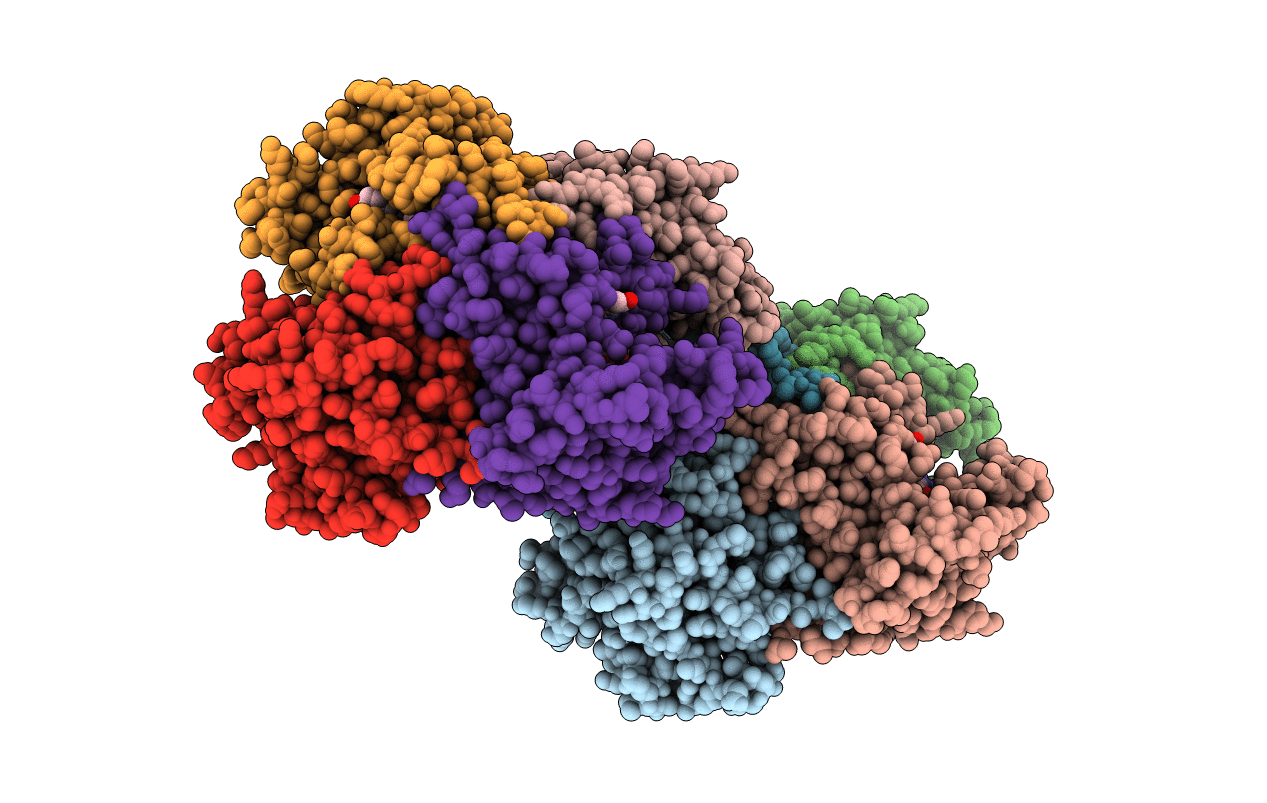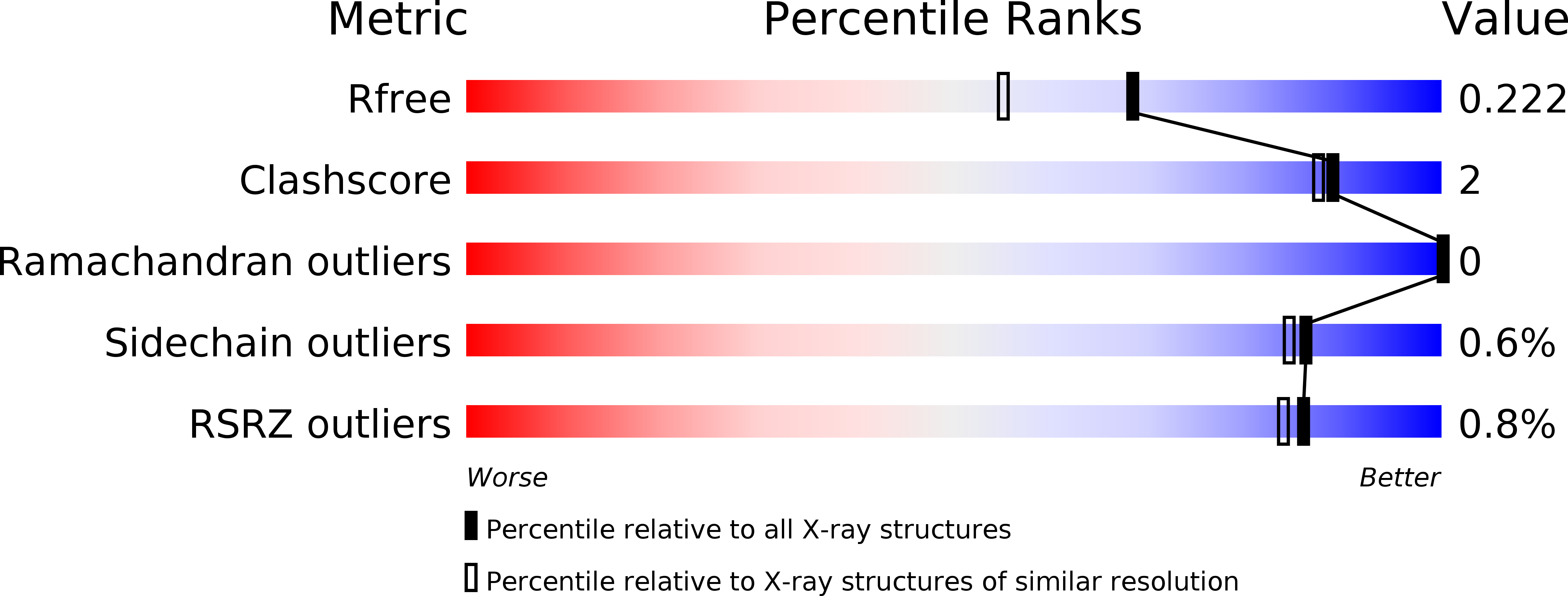
Deposition Date
2014-05-01
Release Date
2014-06-25
Last Version Date
2023-09-20
Entry Detail
PDB ID:
4Q9N
Keywords:
Title:
Crystal structure of Chlamydia trachomatis enoyl-ACP reductase (FabI) in complex with NADH and AFN-1252
Biological Source:
Source Organism:
Chlamydia trachomatis F/11-96 (Taxon ID: 1340853)
Host Organism:
Method Details:
Experimental Method:
Resolution:
1.80 Å
R-Value Free:
0.22
R-Value Work:
0.18
R-Value Observed:
0.18
Space Group:
P 43


